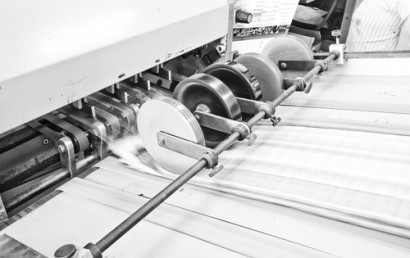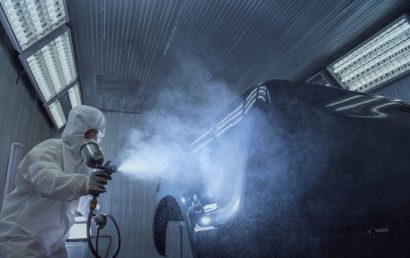Popular HVOF Coating Applications In 2020
HVOF coating applications – what are they? The letters stand for High Velocity Oxygen Fuel coatings. They’re used to increase resistance to wear and corrosion following application through the thermal spray process. These coatings restore components’ initial performance qualities and/or dimensions. Using a high-pressure gas stream, and sprayed directly onto the substrate, coating materials include semi-molten and molten.
So how does it work? In a combustion chamber, fuel and oxygen are mixed. This generates the gas stream used in the coating process. Kerosene, natural gas, or hydrogen can be used with compressed air or pure oxygen powering the stream. What’s created is a coating that consists of overlapping, thin platelets. Adhering to the surface to which it is applied, this stream of heated materials acts as the coating.
Supersonic speeds are achieved as the coating is sprayed onto the surface, and kinetic and thermal energy transfers simultaneously. Though HVOF coatings can be thick, they are commonly very thin – it all depends on what’s demanded by a particular situation. Substrate performance is maximized through these reliable coatings.
Common HVOF Coating Materials
Readily available are numerous types of HVOF coatings. The following materials are simply the most requested:
- Aluminum bronze – Aside from being used as protection, the restoration of surfaces which have been damaged is another use for this type of coating. To breathe new life into worn-out parts, this is the go-to solution. The deposited materials can be worked thanks to the high density, strong coating – i.e., components which have been treated can be drilled, tapped, or milled. With these coatings, the ease of finishing and machining is increased.
- Chromium carbide – To make these coatings, ultrafine chromium carbide particles are mixed with powdered nickel chromium. HVOF coatings are dense and extremely hard. Against chemical exposure, hard surfaces, and fretting, these coatings offer superior protection. In high heat, they demonstrate exceptional performance.
- Tungsten carbide – For low-temperature abrasion defense, this is the superior choice. These coatings are well bonded and dense with thickness limits that are high. In work environments where abrasive wear is a major concern, this is the ideal solution.
Where Are These Coatings Utilized?
Done right, HVOF produces major performance gains and has low environmental impact. Deposited coatings can include composites, polymers, metals, metal alloys, and ceramics. The following are ways in which these types of coatings can enhance components:
- Improved lifespan and efficiency of mating components
- Protection against corrosive and caustic chemicals
- Resistance to both higher and lower temperatures
- Electrical properties are significantly improved
Separate from the work site, HVOF coatings are usually performed. This is due to fuel handling and thermal safety concerns; and dust extraction and sound attenuation must be accounted for.
Who to Turn to for HVOF Coatings
A&A Coatings provides HVOF coatings for numerous industries everywhere. Naturally, when it comes to thermal spray coatings, this is only one offering. There are many more to choose from, depending on which coating is appropriate for your circumstances.
With all of the uses and benefits that apply to thermal spray coatings, it might be difficult to choose which one would be best for your company, business, or in your industry. We are here to answer any questions regarding the type of thermal spray that would most benefit you. Contact us today for the answers all your questions



